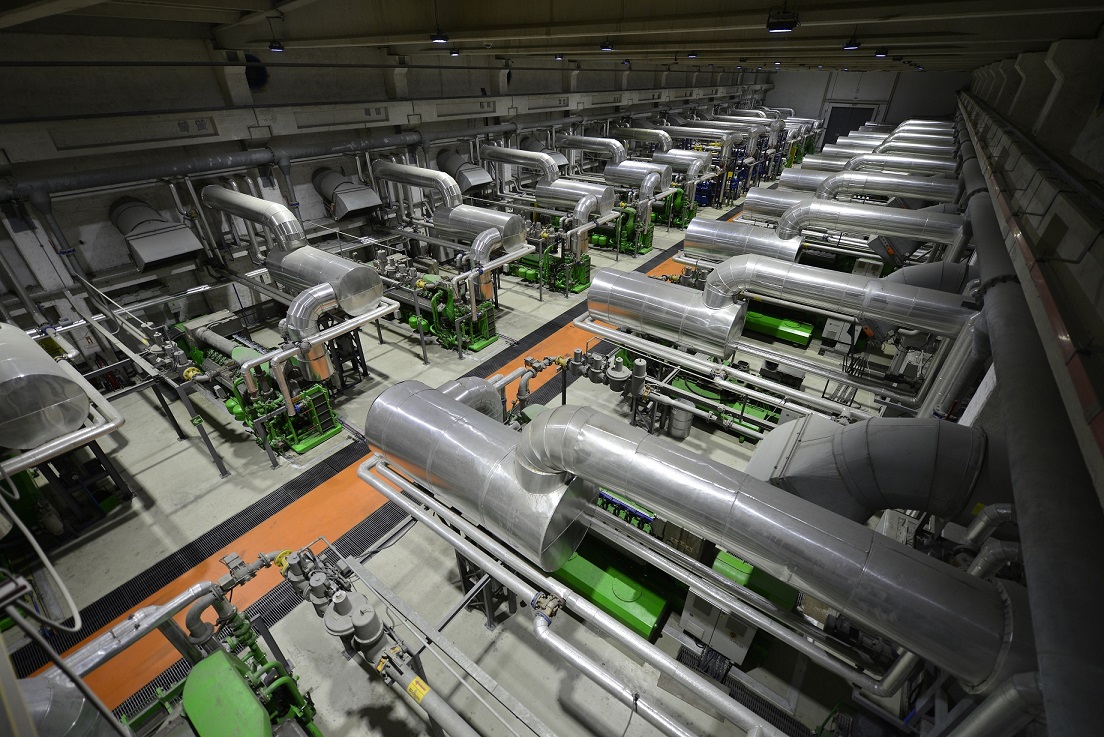Istanbul Landfill Gas to Electricity Project

Introduction
The Istanbul Landfill Gas to Electricity Project is one of the world’s largest and most ambitious waste-to-energy initiatives. By capturing methane from municipal landfills and converting it into clean electricity, the project not only addresses the city’s waste management challenges but also delivers substantial climate, economic, and community benefits. As Istanbul continues to grow, this project sets a benchmark for sustainable urban infrastructure and climate action.
test
Table of Contents
Project Overview
Istanbul, home to more than 15 million people, generates vast quantities of municipal solid waste every day. Historically, this waste was sent to landfills where it decomposed, releasing methane—a greenhouse gas over 25 times more potent than carbon dioxide—directly into the atmosphere. The Istanbul Landfill Gas to Electricity Project, which includes sites like Seymen, Odayeri, and Kömürcüoda, was developed to capture this methane and use it as a renewable energy source.
The project encompasses the construction and management of landfill gas extraction systems at multiple landfill sites. Methane-rich landfill gas is collected through a network of wells and pipes, treated, and then combusted in engines to generate electricity. This process both prevents methane emissions and displaces fossil fuel-based power generation on Turkey’s national grid.

Environmental and Climate Impact
Massive Emission Reductions
The Istanbul project is credited with some of the world’s highest landfill gas emission reductions. Over its first 7-year crediting period, it achieved a reduction of 8,597,737 tonnes of CO₂ equivalent, with an additional 5,731,884 tonnes predicted for the second period. At full capacity, the Seymen plant alone is expected to prevent up to 2 million tonnes of CO₂ emissions per year, equivalent to removing nearly a million cars from the road.
Clean Energy Generation
The project’s facilities are among the largest landfill gas power plants globally. The Seymen site, for example, is designed to reach a capacity of 90 MW, covering 130 hectares and supplying electricity for up to 500,000 households. The Odayeri and Kömürcüoda landfills each process thousands of tons of waste daily, with the combined system producing tens of megawatts of renewable electricity for Istanbul’s grid.
Social and Economic Benefits
Local Job Creation
The development and operation of these landfill gas plants have created hundreds of jobs in engineering, construction, operations, and environmental monitoring. These opportunities support local economies and foster skills in advanced waste management and renewable energy technologies.
Community Health and Safety
By capturing and utilizing landfill gas, the project reduces odors, fire risks, and explosion hazards at landfill sites. Improved waste management and reduced methane emissions contribute to better air quality and a safer environment for Istanbul’s residents.
Energy Independence
By generating electricity from local waste, Istanbul reduces its reliance on imported fossil fuels. This enhances the city’s energy security and supports Turkey’s broader goals for renewable energy and climate resilience.
Technology and Innovation
The Istanbul Landfill Gas to Electricity Project is a showcase for advanced engineering. The Seymen plant alone features 14 collectors, 168 measurement points, 18 condensate tanks, and nearly 3 kilometers of horizontal channels. When fully completed, the network will include 125 collectors, over 1,100 measuring stations, and 47 kilometers of channels. The number of engines is set to increase to 52, with a total pipe length of 150 kilometers, making it the largest system of its kind worldwide.
Certification, Transparency, and Carbon Credits
The project is certified under international standards, including the Quality Assurance Standard (QAS) for Carbon Offsetting and the United Nations Sustainable Development Goals (SDGs). All carbon credits generated are audited and retired on appropriate registries within 12 months of purchase, ensuring transparency and accountability. The project’s emission reductions and environmental benefits are independently verified, making it a trusted source of high-quality carbon credits for organizations and individuals seeking to offset their emissions.
Challenges and Future Outlook
While the Istanbul Landfill Gas to Electricity Project has achieved remarkable results, it continues to face challenges such as fluctuating waste volumes, evolving regulations, and the need for ongoing technological upgrades. However, its success has inspired similar projects across Turkey and internationally, establishing Istanbul as a leader in sustainable urban waste management and climate action.
Conclusion
The Istanbul Landfill Gas to Electricity Project demonstrates how innovative waste management can deliver climate, energy, and economic benefits at scale. By turning landfill methane into renewable power, the project reduces greenhouse gas emissions, supports local communities, and sets a global example for sustainable cities.
Take action today, calculate your emissions using Coffset’s carbon footprint calculator and contribute to projects that make a real difference!
References:
https://carbonfootprint.com/gs_turkey_lfg_707.html
https://balkangreenenergynews.com/istanbul-completes-first-phase-of-worlds-biggest-landfill-gas-power-plant/
https://www.jenbacher.com/en/case-studies/istanbul-enerji-tur
https://globalclimateinitiatives.com/en/project/projet-dextraction-de-gaz-de-decharge-et-de-production-delectricite/
https://www.furthr.earth/projects/landfill-gas-to-electricity-project,-turkey
https://www.globalmethane.org/expo-docs/posters/MSW/MSW_TR_Success_Komurcuoda-Landfill_FINAL.pdf